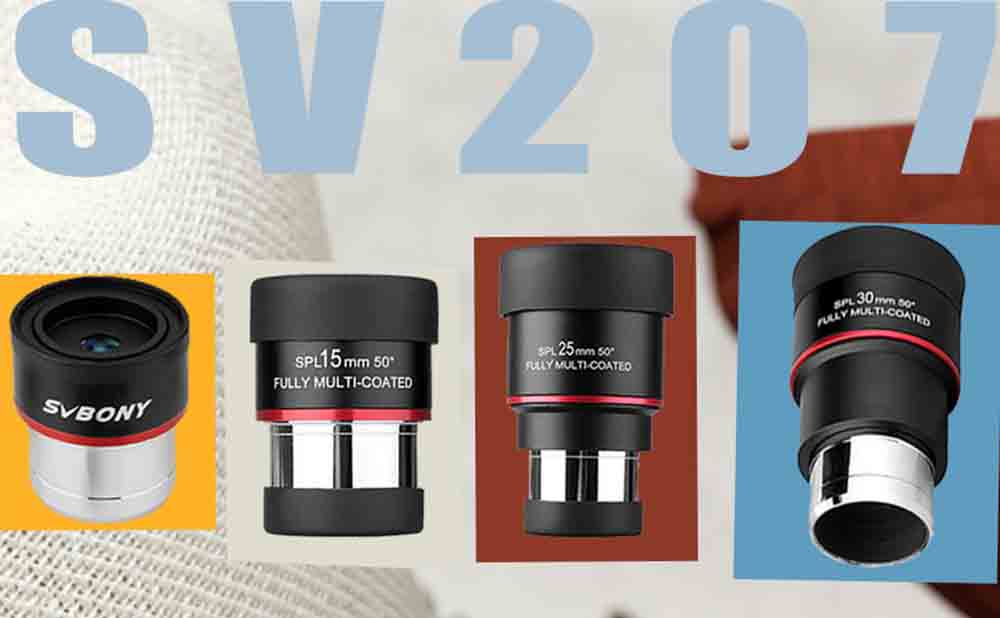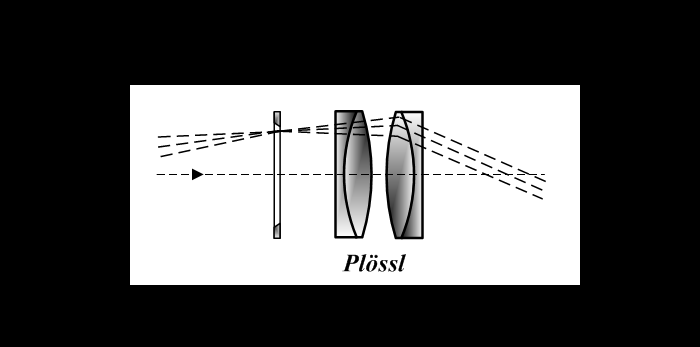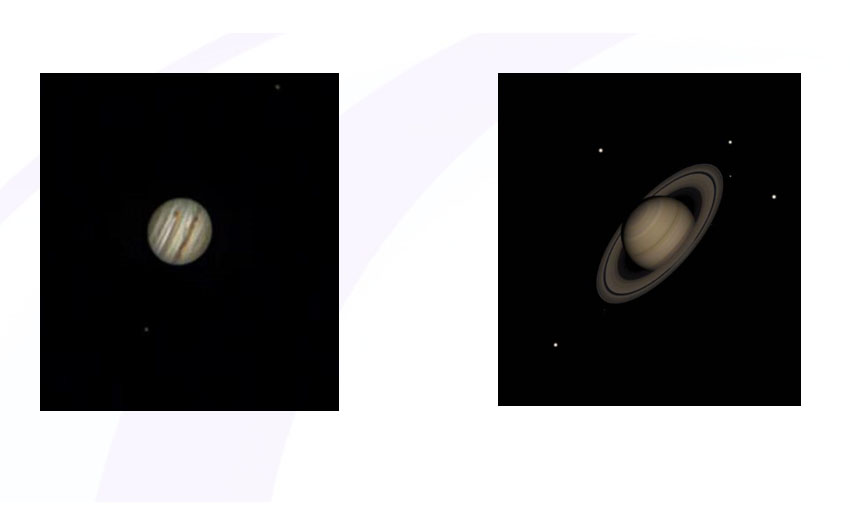Table of Contents

What can we know about the Super Plossl 50° SV207 eyepiece set?
The SV207 1.25 inch Super Plossl 8/15/25/30 mm 50-Degree Eyepiece will be available at the end of the month.
This passage is to help the people may interested learn more about the parameter of the new SV207 and why it is very cost-effective, and some upgrade parts. You can search the 50° Plossl eyepieces price on the market and you will take the SV207 into consideration.
1. Plossl introduction
Plossl also names Symmetrical eyepiece, as the two doublets can be the same. The Plössl eyepiece was an obscure design until the 1980s when astronomical equipment manufacturers started selling redesigned versions of it. Today it is a very popular design on the amateur astronomical market, where the name Plössl covers a range of eyepieces with at least four optical elements. (Wikipedia)
1.1 The advantage:
(1) Big FOV(field of view), which makes this kind of eyepiece suitable for deep-sky and planetary observation. The view is flat and the distortion is small, but there is still edge distortion;
(2) Few lenses mean small aberration, Doublets can balance the chromatic aberration well;
(3) High-cost performance and simple assembly.
1.2 The disadvantage
(1) The chief disadvantage is the short eye relief, especially in short-focus Plossl under 10mm focal lengths, which makes the Astronomy viewing activity very uncomfortable for spectacles;
(2) The Eye relief is long for long focal lengths Plossl, the black shadow exists even when you slightly move your eyes;
(3) With short-focus scope, the magnification and the contrast is low, so sacrifice many details;
(4)With long-focus telescope, the FOV is smaller and you can't use the sideways(Sorry I don't know what this professional nomenclature is) to view the darker stars.
2. The SV207 SPL eyepiece
2.1 Optical design: 4 elements and 2 groups;

2.2 Foldable eyepiece cover:
2.3 Metal lens barrel, the inside of the lens barrel is anodized and painted matt, and the foot cover is made of non-slip design (highlights: anti-falling design; double matting)
2.4 Full-broadband anti-reflection coating, the edge of the lens is treated with matting ink) (Highlight: the edge of the lens is treated with matting)
2.5 Application: Moon, Saturn, Jupiter observation, bright deep-sky object, and star cluster.



Marc
Thank you for the post! I think the term you are looking for is "averted vision"
Thanks.😊
Anytime.